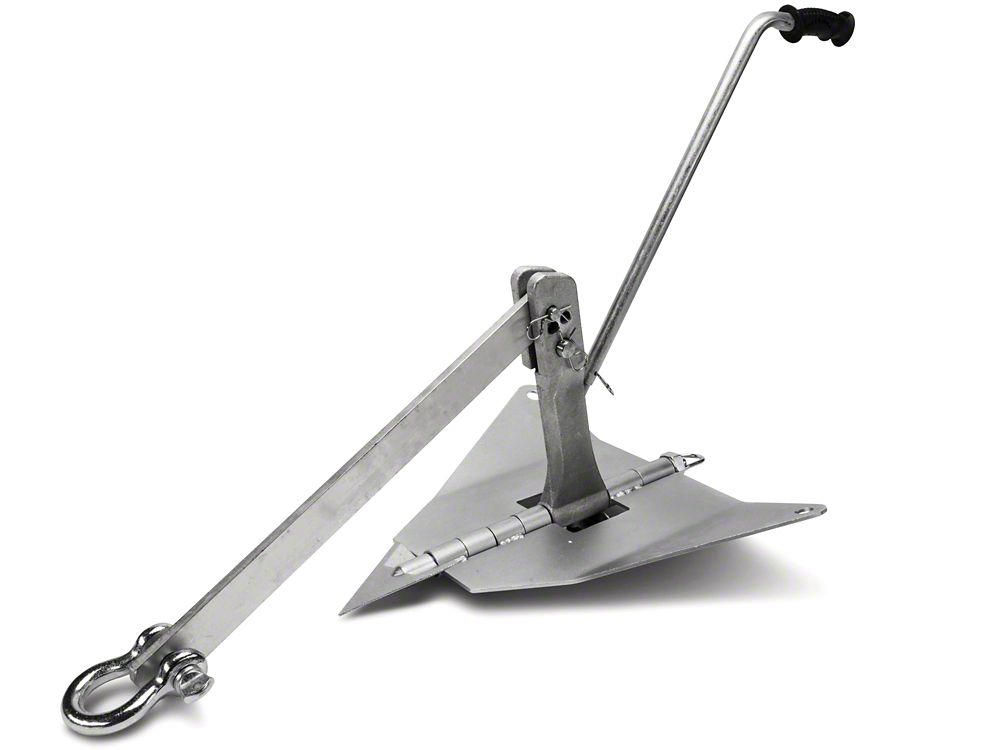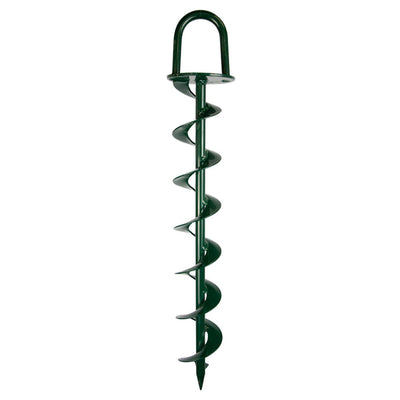Discover the Different Kinds of Ground Anchor for Your Next Job
From auger supports, which stand out in varied dirt problems, to risk anchors made for short-term setups, the options are numerous. Furthermore, concrete and screw supports existing special benefits in certain scenarios, while deadman supports are customized for applications calling for resistance to side pressures.

Auger Anchors
Auger supports are a prominent option in various building and landscape design tasks because of their special design and efficient securing abilities. These supports contain a helical screw-like shaft that is driven into the ground, enabling a safe and steady hold. The spiral design promotes easy installation and makes the most of resistance against side forces, making auger anchors particularly reliable in applications such as fencing, short-term frameworks, and disintegration control.
The installment procedure of auger anchors is reasonably simple. They can be manually or mechanically installed, depending on the dimension and needed deepness. This flexibility permits for their use in varied soil conditions, from sandy to clayey terrains. In addition, auger supports can be quickly eliminated and recycled, which includes in their cost-effectiveness and sustainability.
One of the significant benefits of auger anchors is their ability to disperse tons uniformly across the bordering dirt, decreasing the danger of dirt disturbance and lessening ecological impact. Additionally, they are less prone to loosening or heaving gradually compared to standard securing approaches. As a result, auger supports are an excellent option for tasks needing durable and trusted anchoring solutions.

Risk Anchors
When it comes to protecting frameworks in a range of outside applications, risk supports supply a reliable and straightforward service. These anchors are usually built from durable materials such as steel or light weight aluminum, developed to stand up to environmental tensions while offering optimum security. Their basic style enables fast setup, making them an excellent option for short-lived or irreversible anchoring requirements.
Risk anchors are specifically valuable in protecting tents, covers, and other light-weight structures versus wind and weather condition. They function by being driven into the ground at an angle, creating a solid hold that stands up to pull-out forces - Ground Anchor. The effectiveness of stake anchors depends upon several elements, consisting of dirt kind, wetness material, and the angle of setup
For included safety and security, lots of risk anchors feature accessory factors for ropes or straps, allowing for stress adjustments as needed. In applications such as landscaping or construction, they can effectively maintain devices or frameworks on unequal terrain. On the whole, risk supports supply a functional and affordable option for protecting numerous outside installments, making them a recommended selection for contractors and DIY lovers alike.
Concrete Anchors
Concrete anchors provide a durable option for securing structures to concrete surfaces, ensuring security and safety in different applications. These supports are vital for projects ranging from residential buildings to large commercial installments. They are available in various types, including growth supports, sticky supports, and undercut supports, each designed for certain lots needs and ecological conditions.
Sticky supports use high-strength epoxy or resin to bond the support to the concrete, providing exceptional load-bearing capacities, specifically in broken concrete situations. Undercut supports produce a distinct form within the concrete, offering phenomenal holding power, especially in applications where tensile loads are widespread.
When executed properly, concrete supports significantly boost the structural honesty of numerous projects, making them essential in contemporary construction practices. Understanding the particular needs of your task will aid in selecting the ideal kind of concrete anchor for the task.
Screw Anchors

Screw supports are a versatile securing remedy that can be efficiently utilized in a variety of applications where conventional concrete anchors might not suffice. These anchors contain a helical style that permits browse around these guys them to be conveniently driven into the ground, making them excellent for use in soil and various other substratums. Their unique structure supplies exceptional holding power and resistance to pull-out forces, making them appropriate for various tasks, from landscape design to architectural support.
Among the main benefits of screw anchors is their ease of installation. They require minimal tools and can often be set up without the need for excavation, which conserves both time and labor costs. In addition, screw supports can be eliminated and recycled, providing helpful resources a lasting option for momentary applications.
Screw supports are specifically useful in locations where dirt conditions are challenging, such as sandy or loosened soils. Their ability to be installed at differing depths permits modification based upon details project requirements. In general, screw anchors give a reliable and efficient securing technique, making them a superb option for designers and service providers seeking reliable options for their jobs.
Deadman Anchors
Deadman anchors offer as a durable solution for maintaining structures in tough conditions, specifically where conventional anchoring methods may fail. These supports include huge, hefty objects hidden underground, which create resistance versus side forces. The style generally involves a horizontal component, such as a block of concrete or a steel plate, hidden in the dirt, to which bands or cords are connected.
The efficiency of deadman anchors depends on their capacity to disperse lots over a larger location, reducing the threat of failure in unstable dirt problems. They are specifically advantageous in applications such as preserving walls, short-term structures, and incline stabilization, where dirt activity can jeopardize the honesty of the framework.
Installment of deadman supports calls for cautious preparation to guarantee they are put at the proper depth and orientation, optimizing their load-bearing ability. While they might require even more labor and product than light-weight supports, their reliability in unfavorable conditions makes them indispensable for long-term projects. Deadman supports are functional and can be adjusted to numerous applications, making them a go-to choice for engineers dealing with one-of-a-kind challenges in their projects.
Final Thought
Auger anchors succeed in varied soil problems, while risk anchors fit short-term applications. For concrete surfaces, development and glue anchors offer trusted options, and screw supports supply flexibility in tough terrains.
Additionally, concrete and screw supports existing special benefits in details scenarios, while deadman supports are tailored for applications calling for resistance to side forces - Ground Anchor.Auger supports are a prominent option in various building and construction and landscape design jobs due to their distinct style and reliable anchoring capacities. They come in different kinds, including development supports, sticky supports, and undercut supports, each designed additional resources for details tons requirements and environmental conditions
Glue supports utilize high-strength epoxy or resin to bond the support to the concrete, supplying premium load-bearing capabilities, especially in fractured concrete circumstances. In general, screw supports offer a efficient and reliable securing technique, making them an exceptional option for specialists and engineers seeking effective remedies for their tasks.
Comments on “Ways to Pick the Best Ground Anchor for Versatile Use”